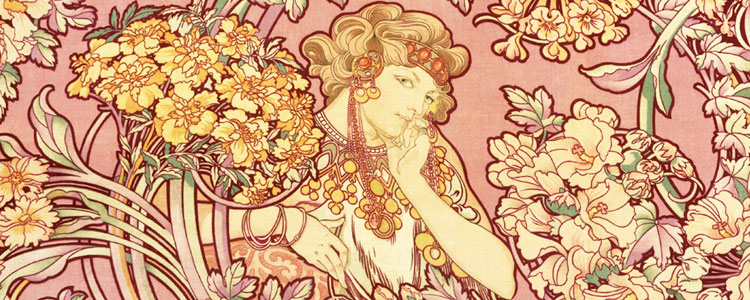
Art Nouveau as a style is pretty striking. With its flowing lines and abstract shapes, it sometimes looks almost like it’s something out of science fiction. But what is it and where did it come from?
History
Art Nouveau began in Europe as a direct response to the Industrial Revolution in the late 19th century. The advent of factories and heavily populated cities created an environment that to many was crowded and oppressive. Work hours were long, industrial waste was polluting the sky and water, and people were becoming more and more separated from nature. By the 1880s some artists and architects began experimenting with a mix of old and new concepts as an answer. They looked to the romantic ethereal nature of the Pre-Raphelites of previous decades, the graphic styles of the newly accessible Japan, and the new possibilities of modern materials. The main goal was to bring nature indoors, to reintroduce the beauty of natural concepts to an increasingly manufactured world, using inexpensive materials such as paper, concrete, iron, and glass.
Distinctive aspects
Because there were so many artists in a variety of countries, there isn’t a checklist that defines the Art Nouveau style, but there are patterns that can make it easy to recognize. This is a list of what I look for, but it is by no means definitive or exhaustive and is intended as an introduction or easy reference for someone to use for further study.
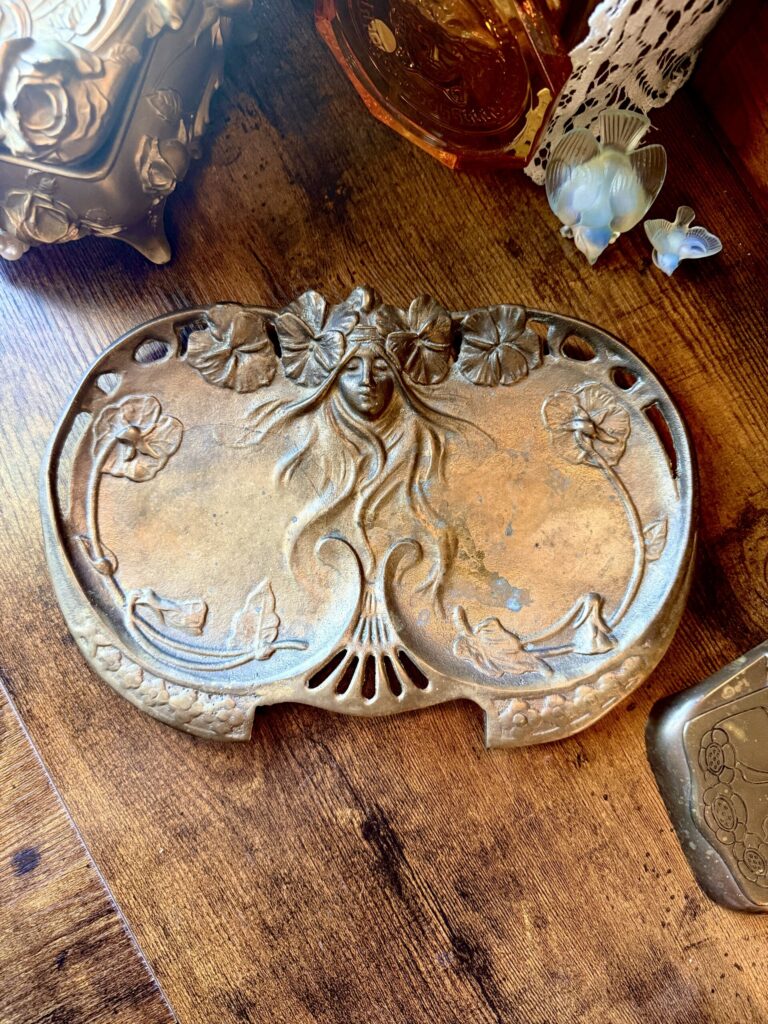
Female Figures and Mythology
Nymphs especially were a favorite subject, featured on posters, furniture, lamps, trays, compacts, and architecture just to name a few. They often had long flowing hair, were nude or dressed in Greek style robes, and often wore flowers or jewels. This is a tray from my personal collection, modeled after a pewter tray by sculptor Elsie Ward Hering.

Botannical Elements
Flowers, leaves, fruit, and vines were a huge part of the style, ornamenting posters and wallpaper, influencing furniture, and shaping jewelry. It’s seen in architecture too, influencing concrete, glass, and wrought iron. Nearly all of this can be seen in the stained glass Wisteria Library Lamp by Tiffany Studios in 1906.
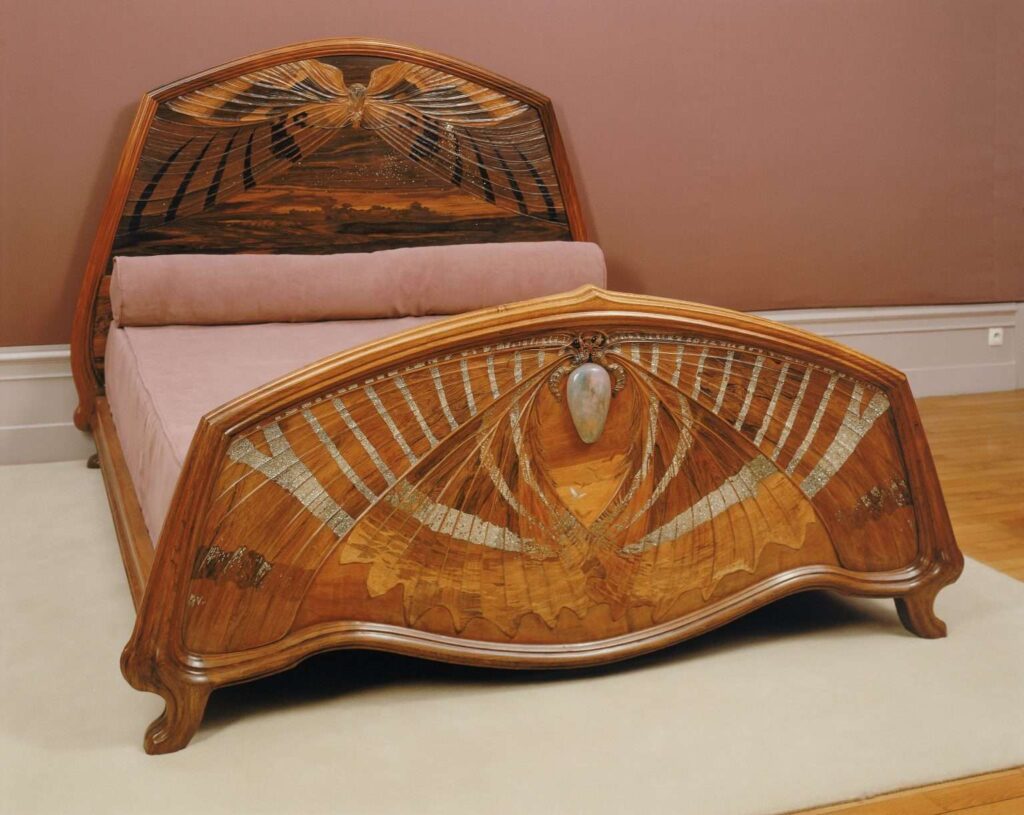
Animals and Insects
While not as common as florals, and often used in conjunction with them, animals and insects were popular subjects, especially in the decorative arts. Birds and fish were the most common, but you can find bats, mice, butterflies, dragonflies, and beetles as well. My favorite example is the Dawn and Dusk bed by Émile Gallé.
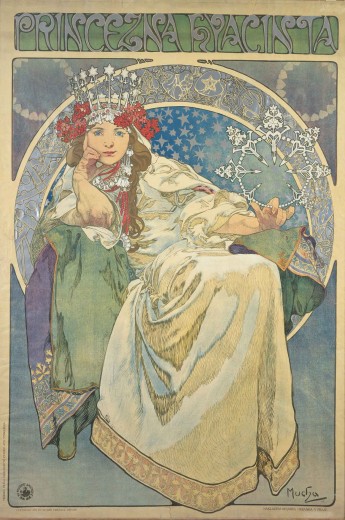
Composition, Palette, and Graphical Design
Composition of the most famous posters and even architecture were often balanced but asymmetrical. They also often featured a round moon shaped motif behind the subject, and had abstract designs creating a border. The perspective was often unexpected, with some parts of the figure coming in front of and some parts going behind the border or designs.
It’s easy to think that the color palettes were always pastel, but that is often thanks to age and the effect of photography. Palettes could be pastel, but could also have deep or bright tones as well. Le Chat Noir is a great example of a deeper color palette.
Shading and depth was generally minimal, sometimes lacking altogether. Most elements were flat, detail being added for emphasis, often on the face or hands. Richly rendered fabric was also common.
Alphonse Mucha is the most famous poster designer of the time, and he embodies much of what is popularly recognized as Art Nouveau. His piece Princess Hyacinth is a great example of many of his favorite motifs.
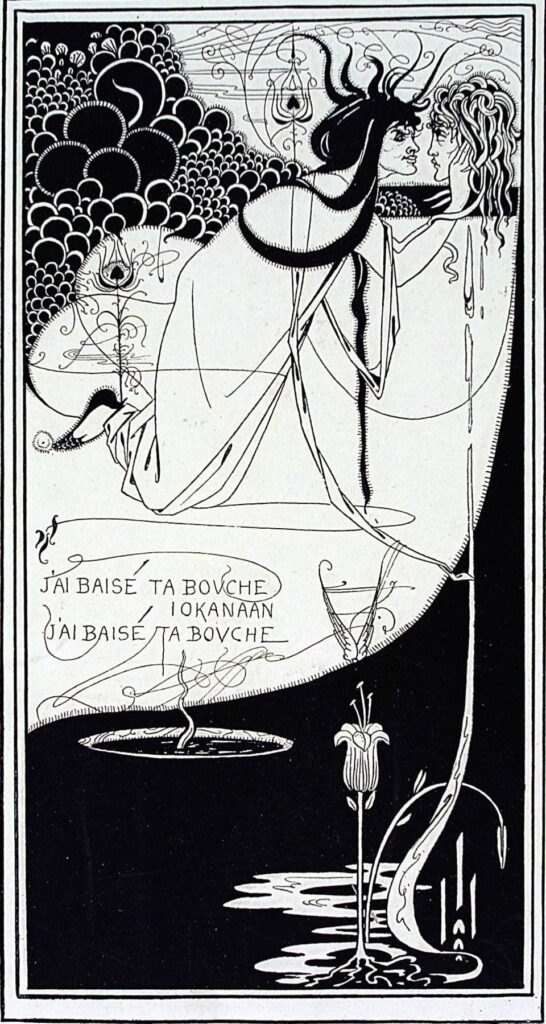
Whiplash Lines
Perhaps the hallmark of the Art Nouveau style, these lines are sinuous and flowing, with sharp curves and undulating patterns. They are what brings the surreal element that makes Art Nouveau feel so otherworldly, despite being inspired by nature. Their abstract shapes broke the norm of the time, showing that the movement’s retreat from industry was not a retreat from the new and modern. Aubrey Beadsley’s whiplash lines are perhaps the most well known due to his skill and precision, as seen in his piece Kiss of Death.
Conclusion
This is just the tip of the Art Nouveau iceberg. Even though the movement was short, only lasting about 30 years, there were hundreds of artists practicing in their own unique ways with their own influences. The more stark Jugendstil styles in Germany and Austria look very different from the medieval British style of the Glasgow School, which differs still from the first Art Nouveau buildings in Belgium. There are just as many deviations as there are consistencies between artists. However, I had only briefly mentioned it, but it’s incredibly important to see how the development of the movement was influenced by the brand new industry of Japanese imports. Japan had blocked itself off from the majority of the West, until the 1850s when the United States used it’s military to intimidate the Japanese into opening their borders. All things Japanese became incredibly popular in Europe, and its woodblock prints heavily inspired the flat, graphical style that makes Art Nouveau so distinctive.
Further Reading
The Metropolitan Museum of Art in New York City has a wonderful article about Art Nouveau as well as a beautiful gallery of pieces. The Victoria and Albert Museum published a book alongside their Art Nouveau exhibition in 2000 that you can read for free on the Internet Archive, though you will need an account to access the full book (also free). If you just want to scroll through a bunch of pretty art, my I’ve been curating my Pinterest board to showcase a collection of mostly period, but some modern, examples of my favorites styles.
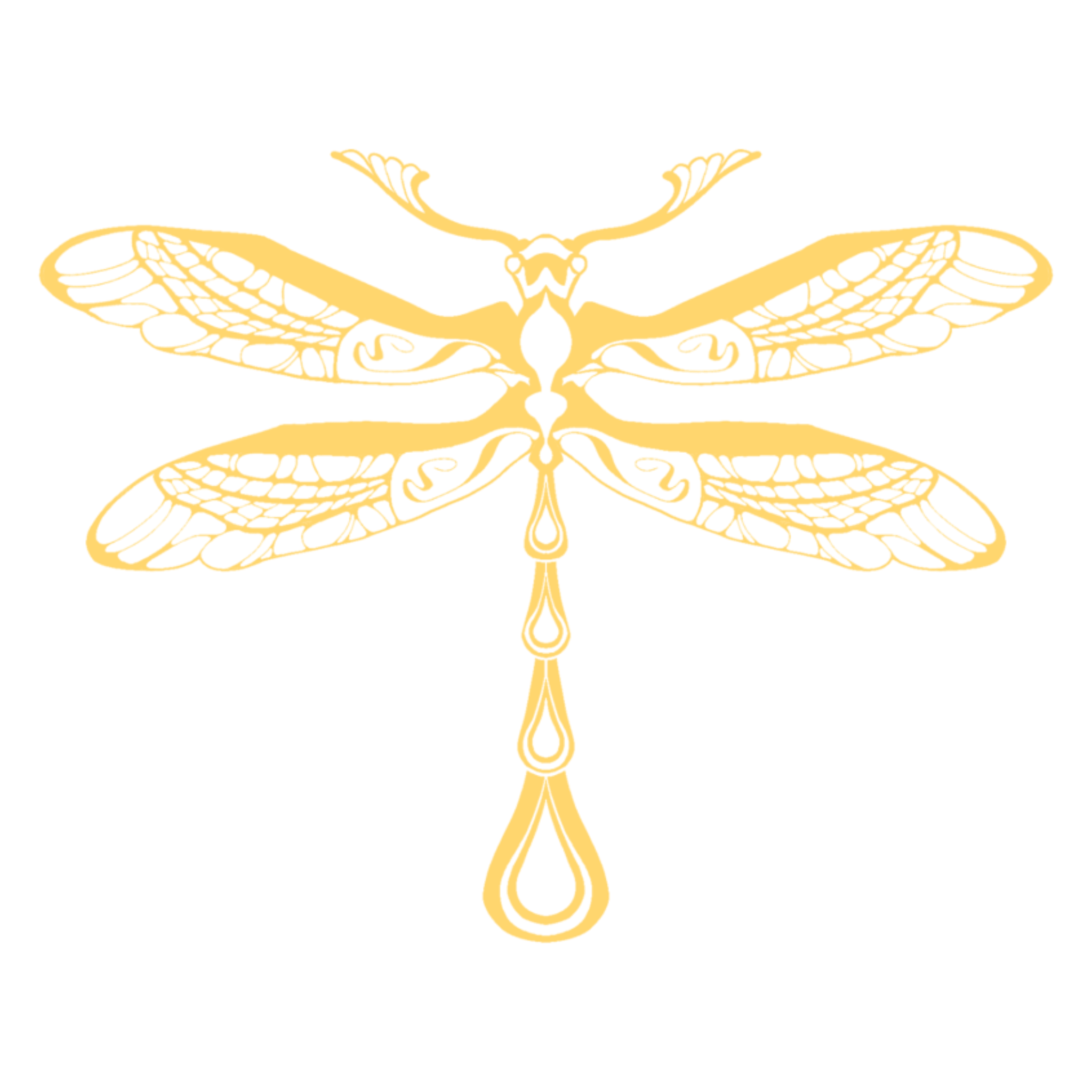
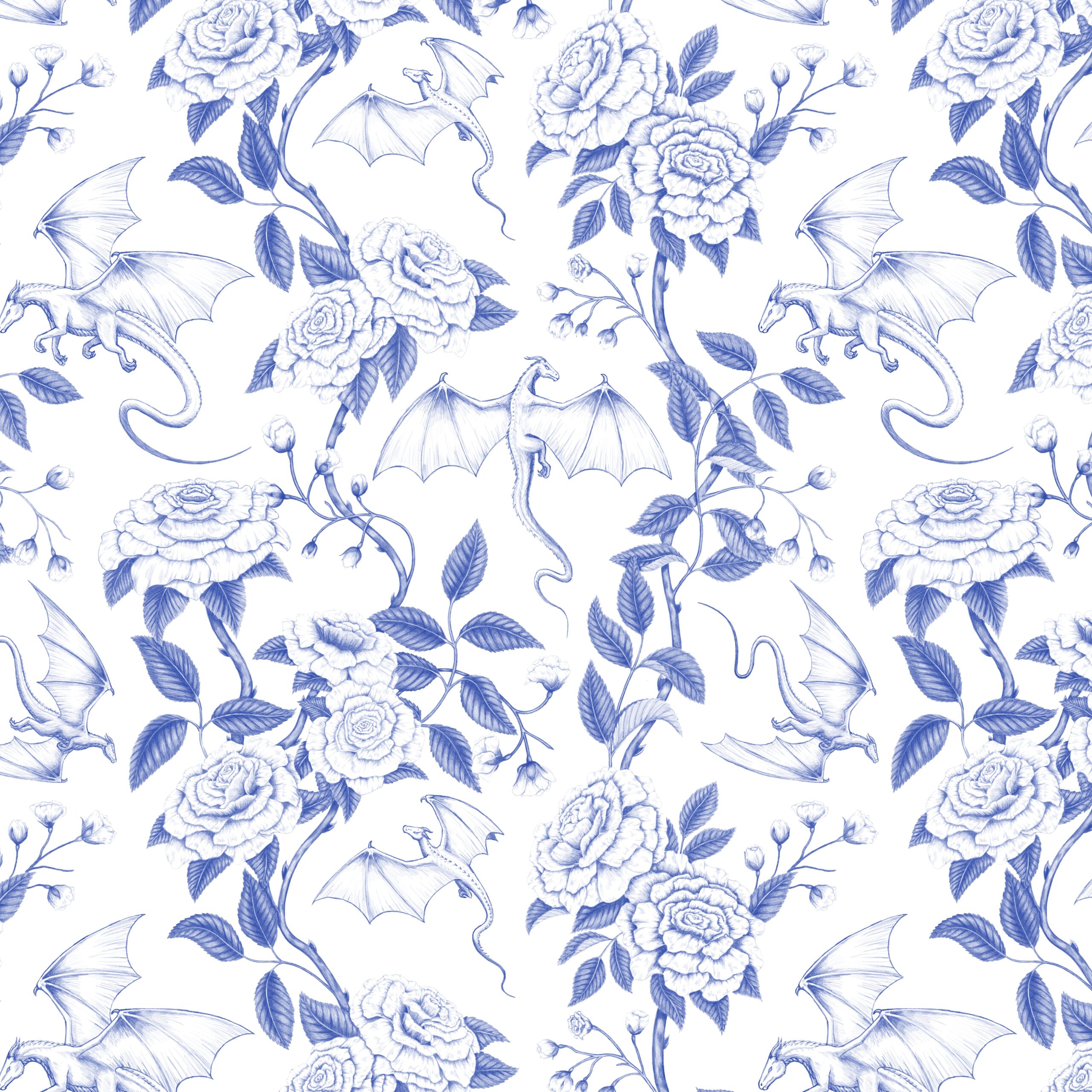
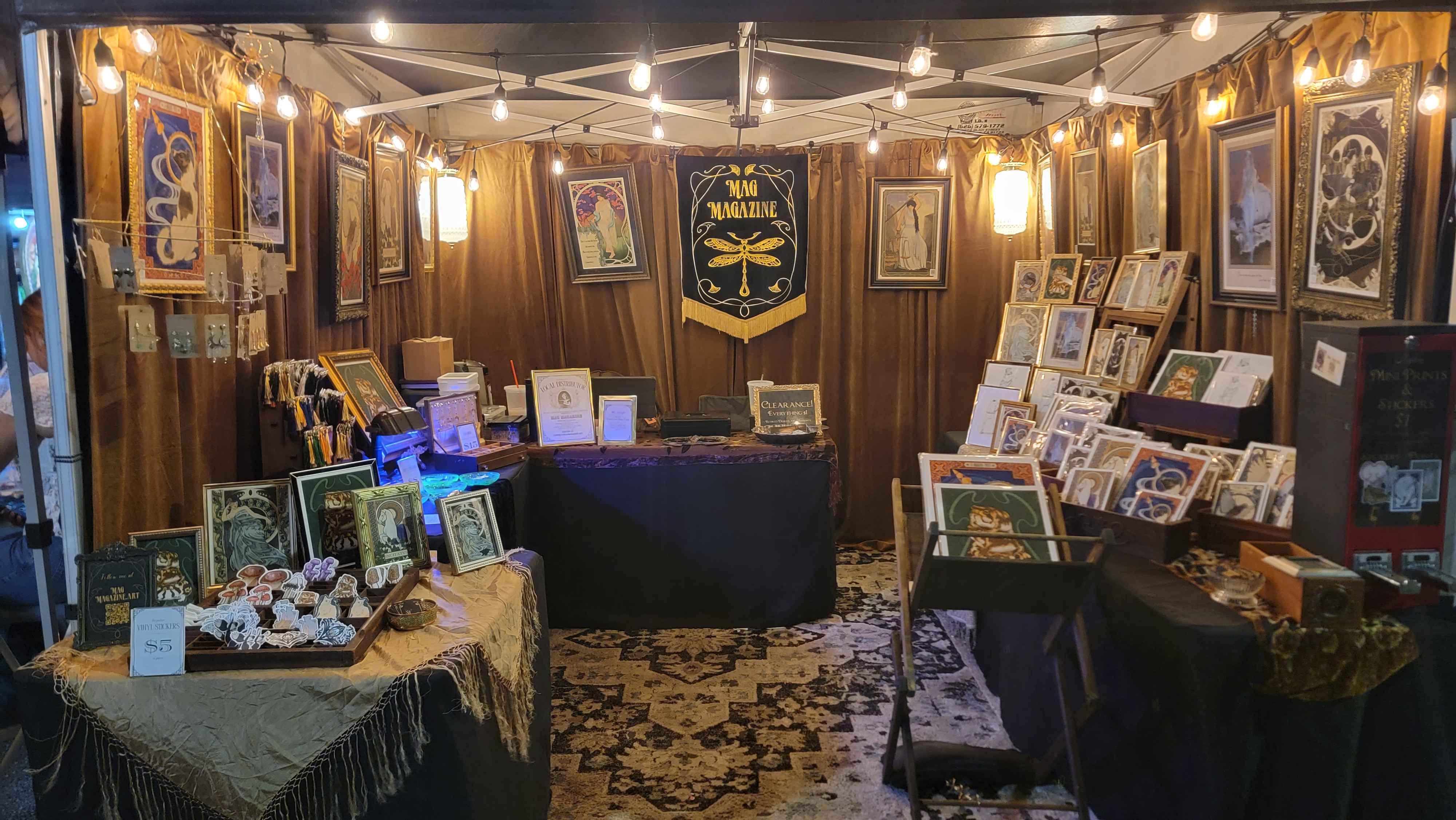
Leave a Reply